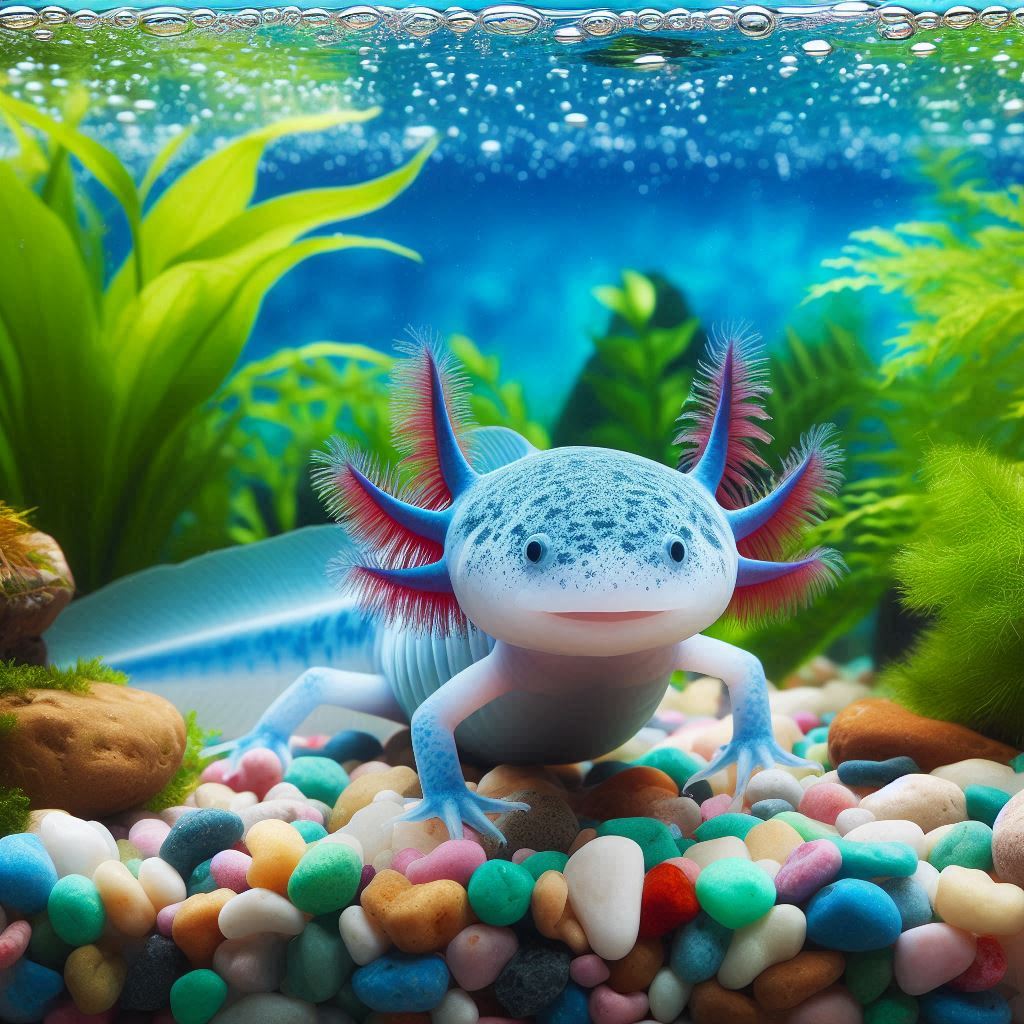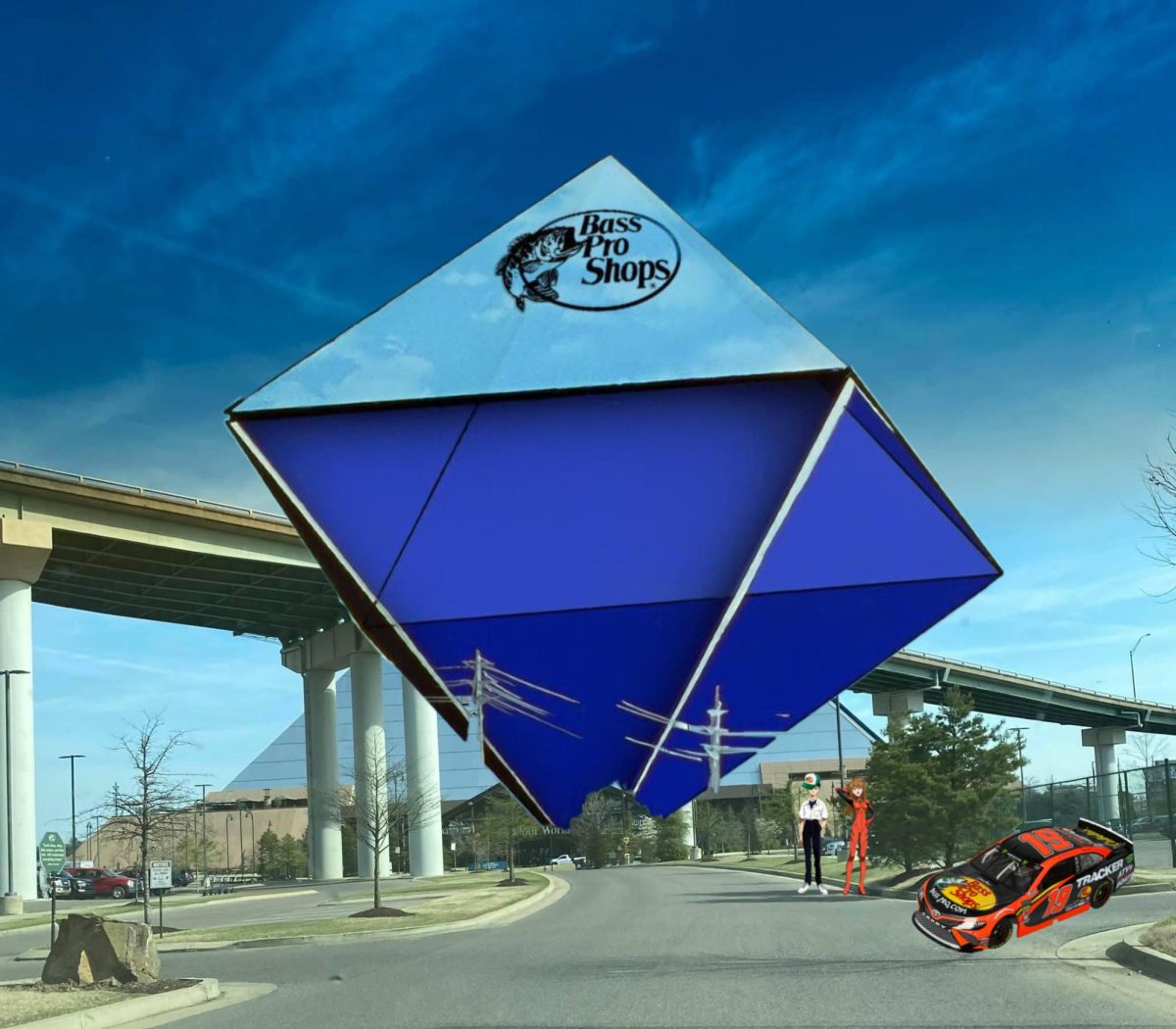There are over 1,400 species of bats, and more than 200 of them are endangered today. Twelve of these species, including two endangered ones, are infected with a very serious disease called White-Nose Syndrome (WNS) and are in great danger. People often think of bats as these scary and sinister creatures, but they do not understand the environmental benefits that they provide. If they go extinct we will have many more bugs and pests which have the potential to destroy crops and contaminate them. According to the U.S. Fish and Wildlife Services, “Across all agricultural production, consumption of insect pests by bats results in a savings of more than $3 billion per year.” They also pollinate plants and spread seeds, having fewer bats means fewer plants will be grown and pollinated.
What exactly is White-Nose Syndrome? It’s a fungus called Pseudogymnoascus destructans and diseases bats in hibernation when they feel it grow on their faces. This cold-thriving fungus can kill an entire cave of hibernating bats if a single bat is infected. The fungi disrupt their hibernation and result in dehydration, starvation, and then death. This disease has been in North America for roughly 17 years and has killed millions of bats. Studies have shown that WNS is not transmittable to humans.
What can we do to help these poor bats? As of now, there is no cure to reverse the disease. But, we can help by looking around caves and passages where they stay, making sure nothing is going to be able to disturb them while they hibernate in peace. If any infected bats are spotted they must be reported to the closest local wildlife agency.









